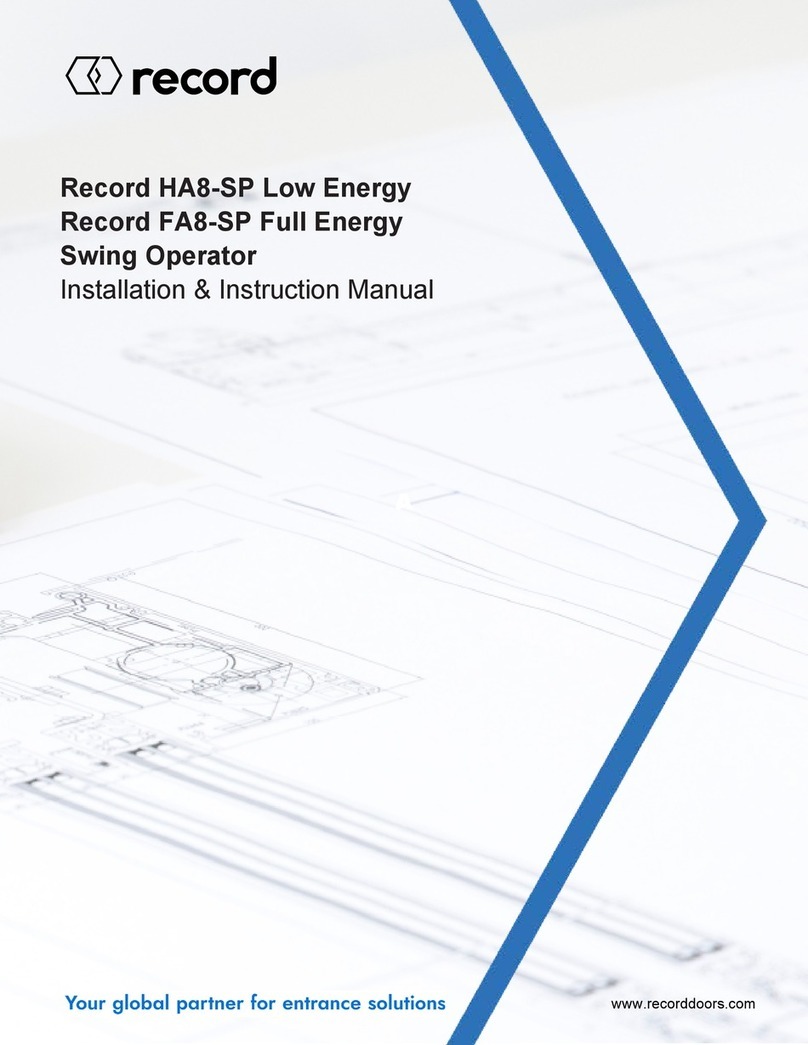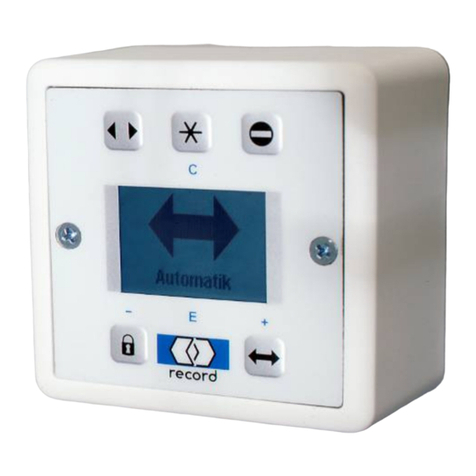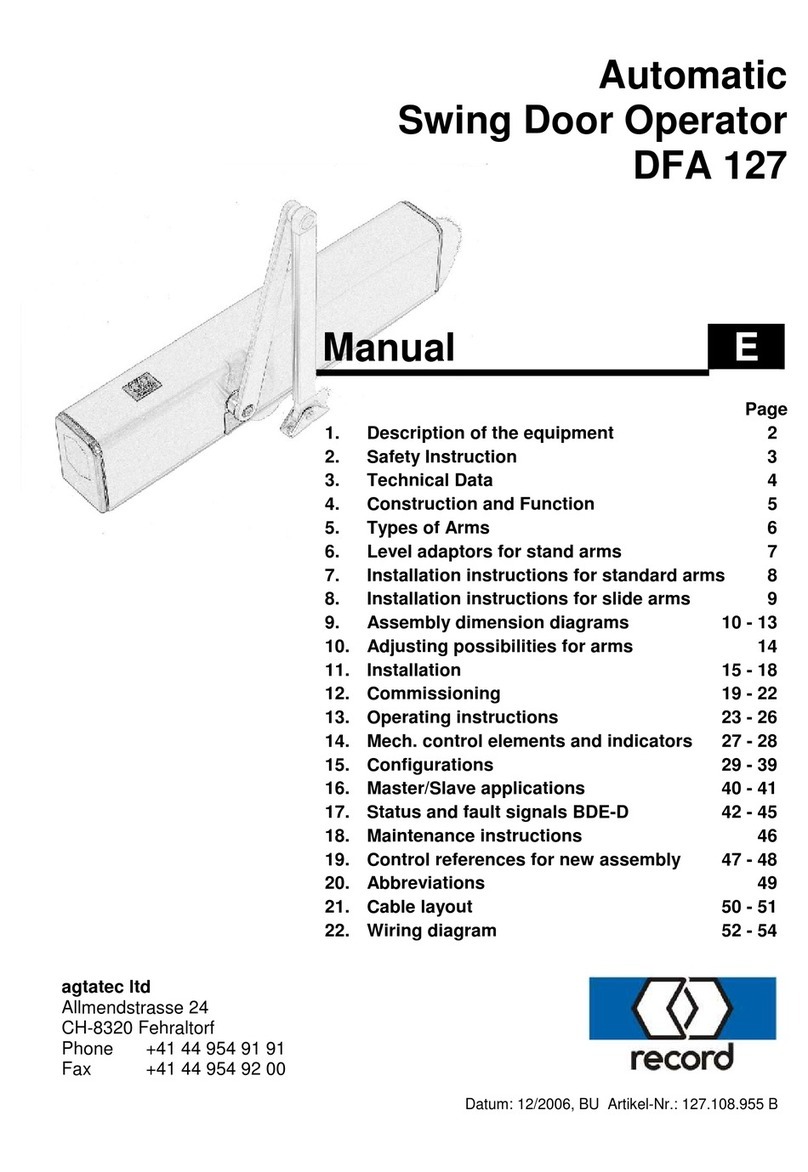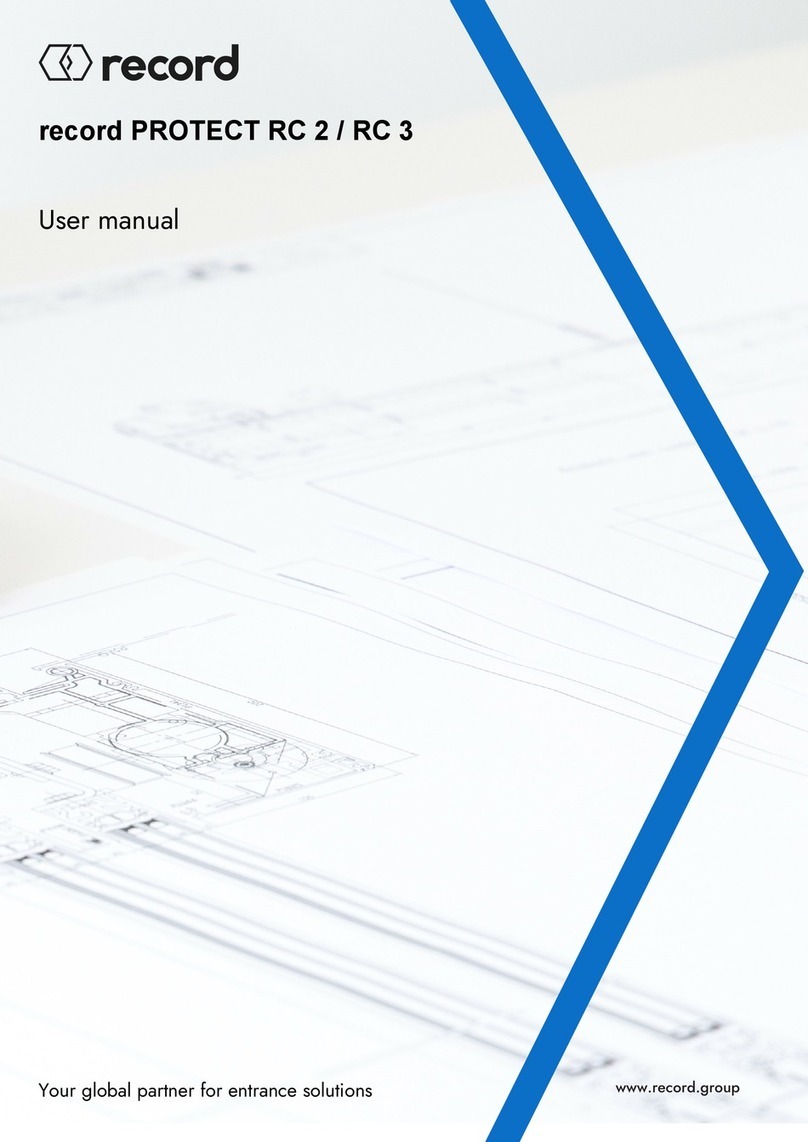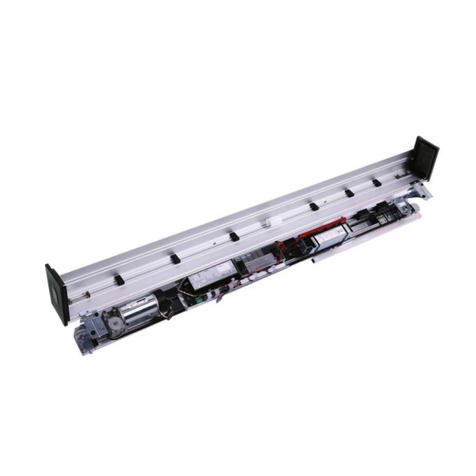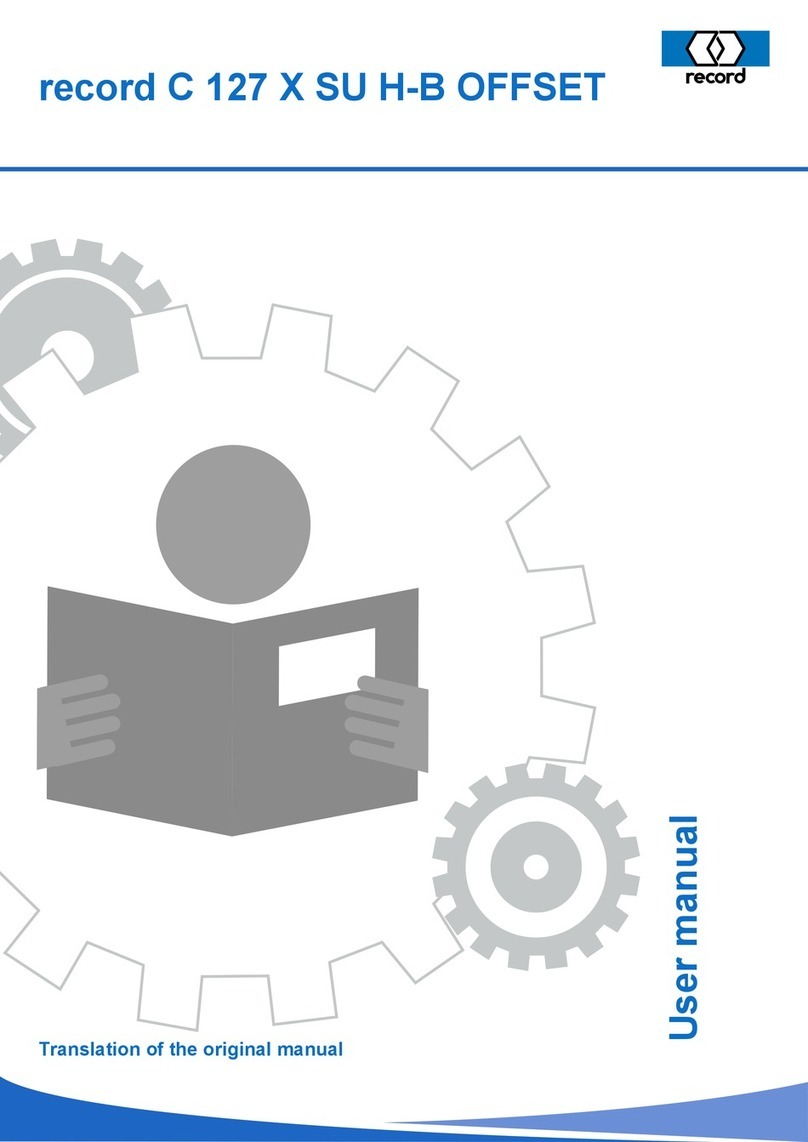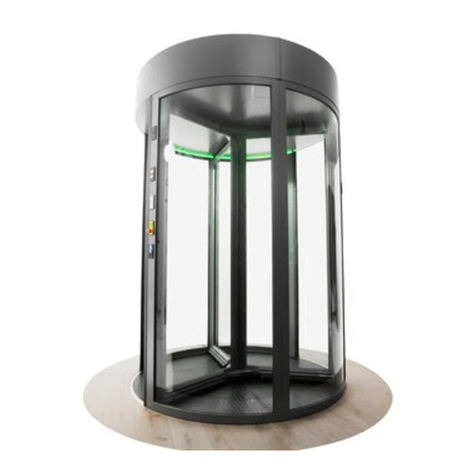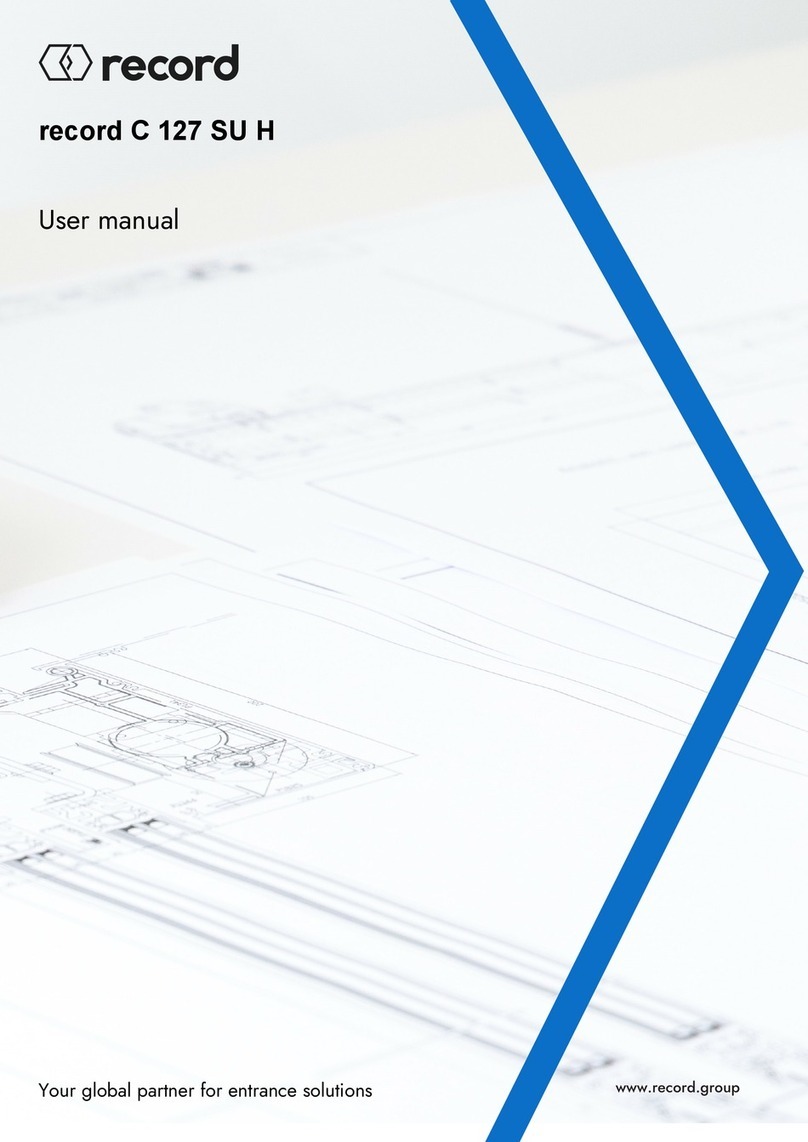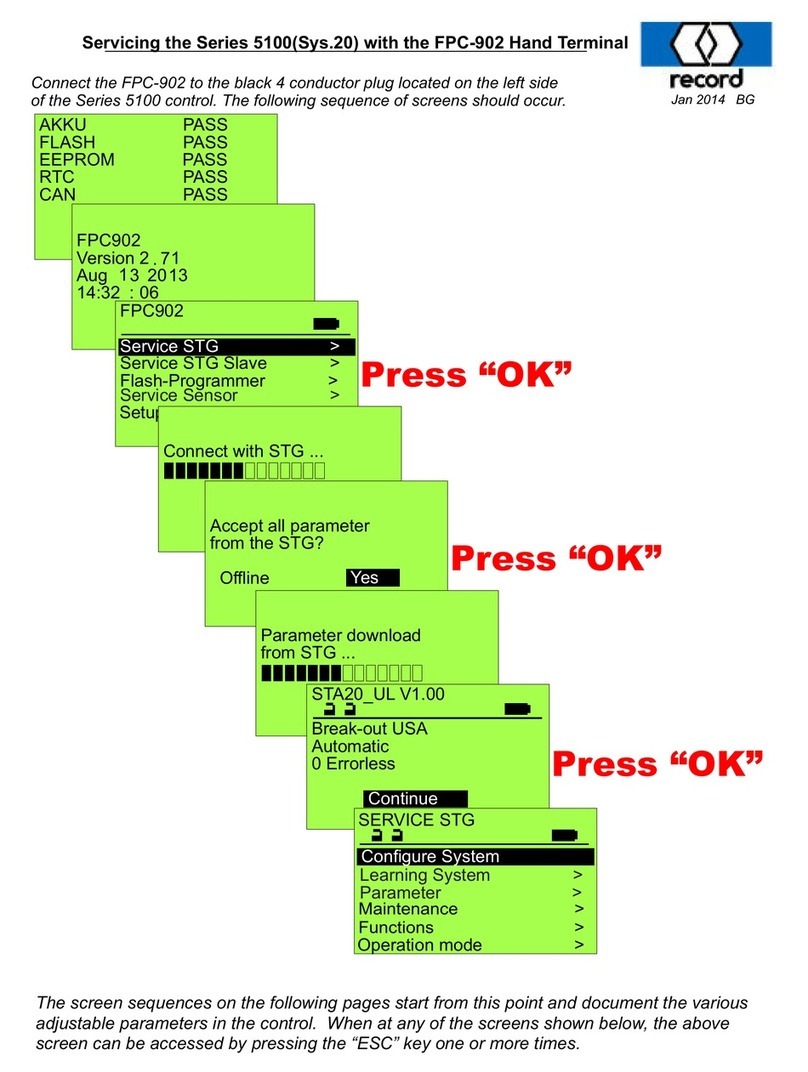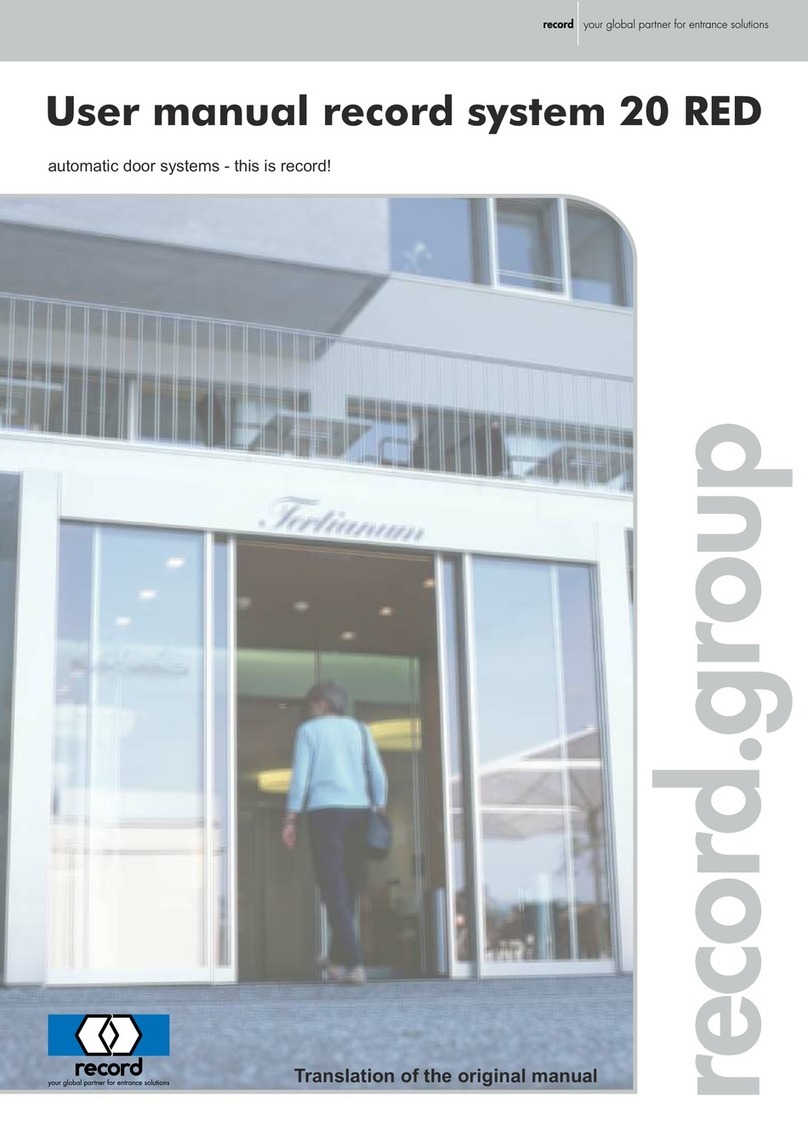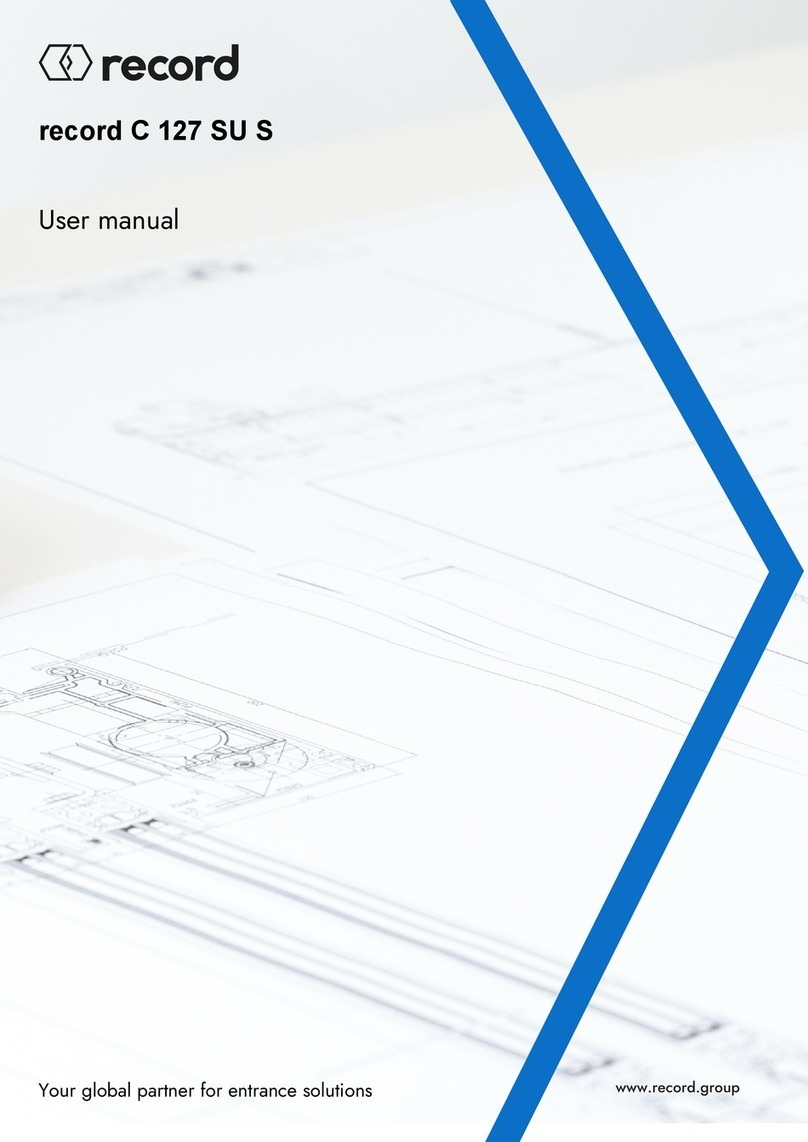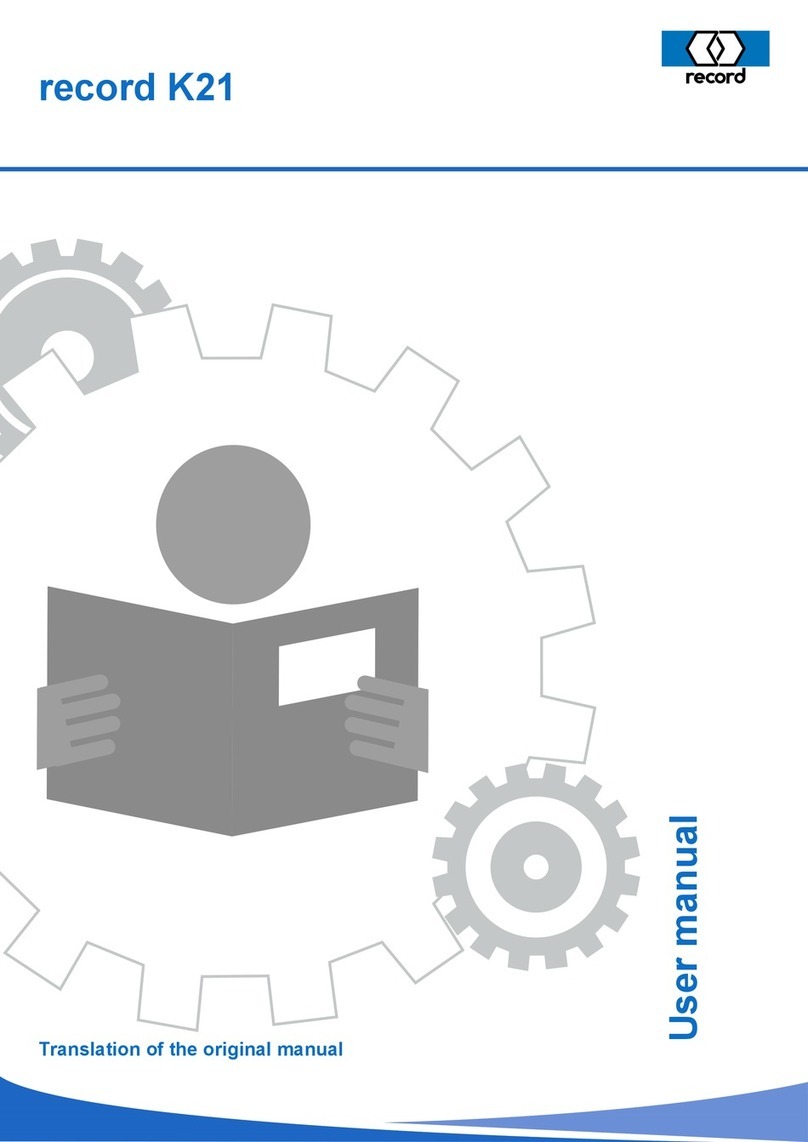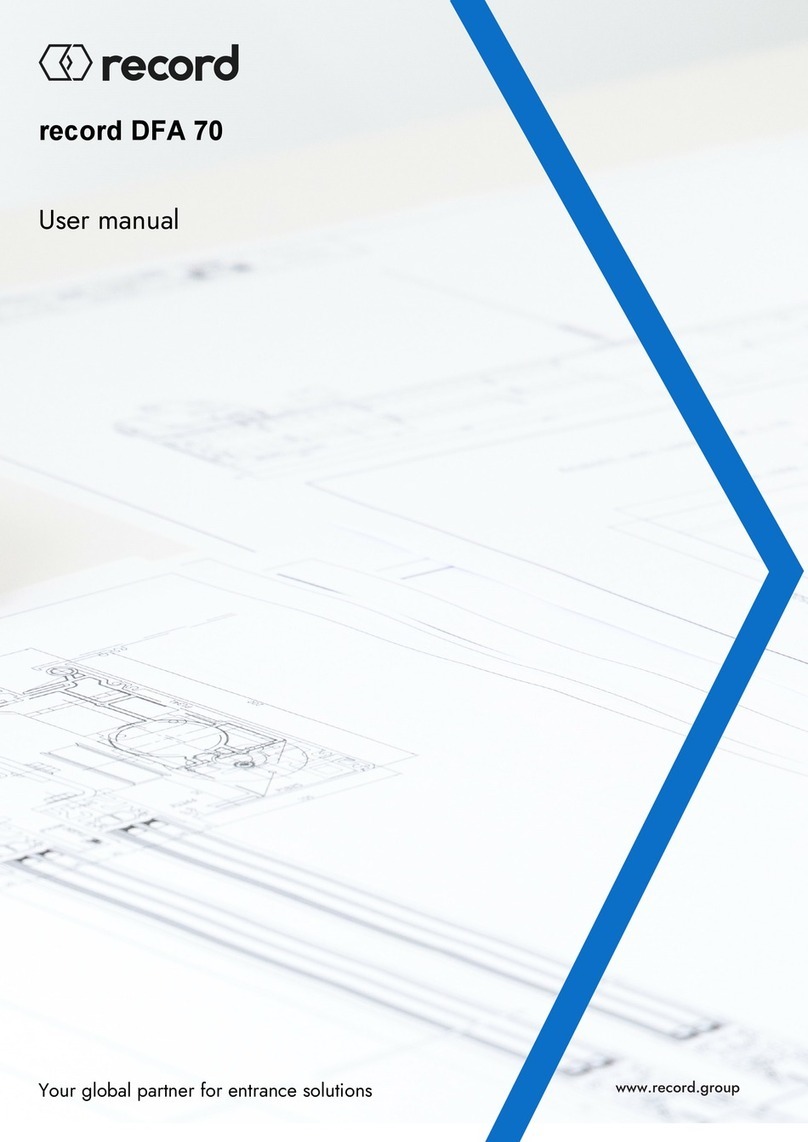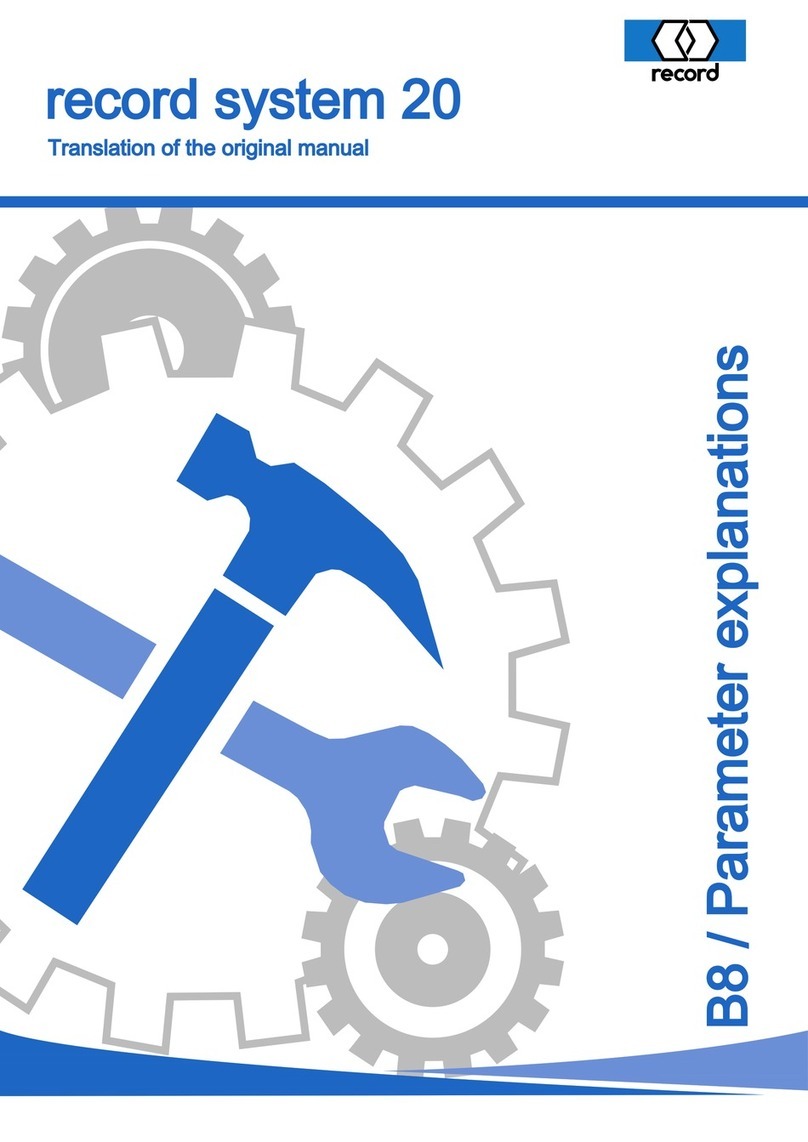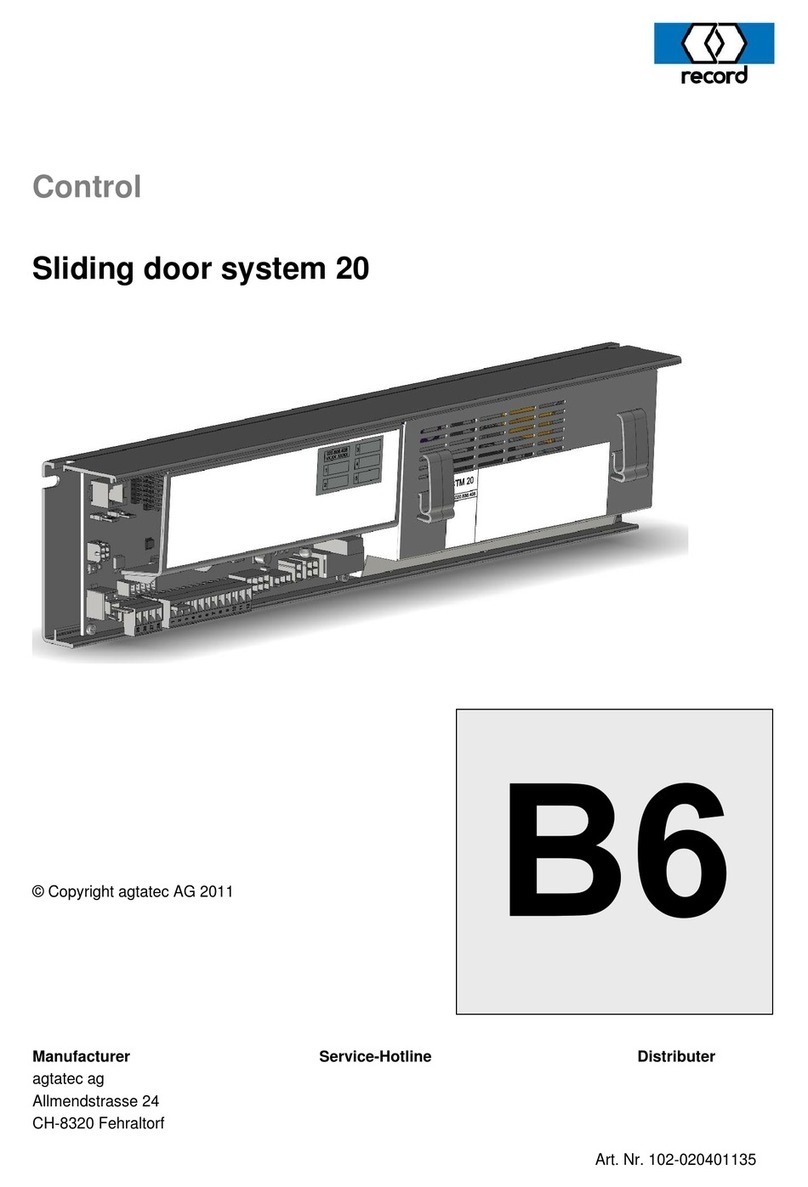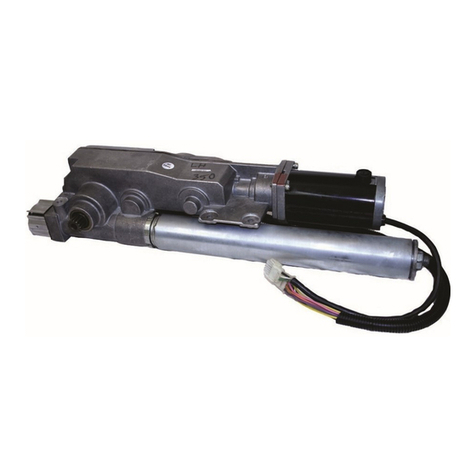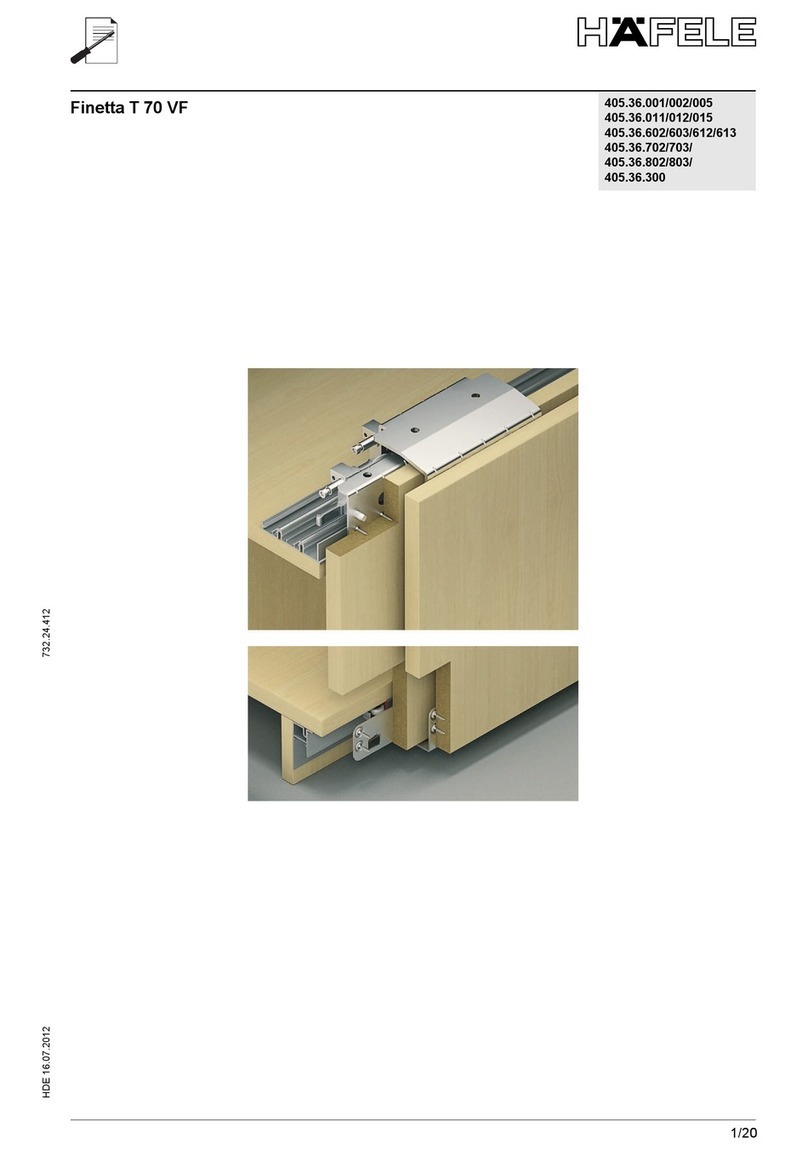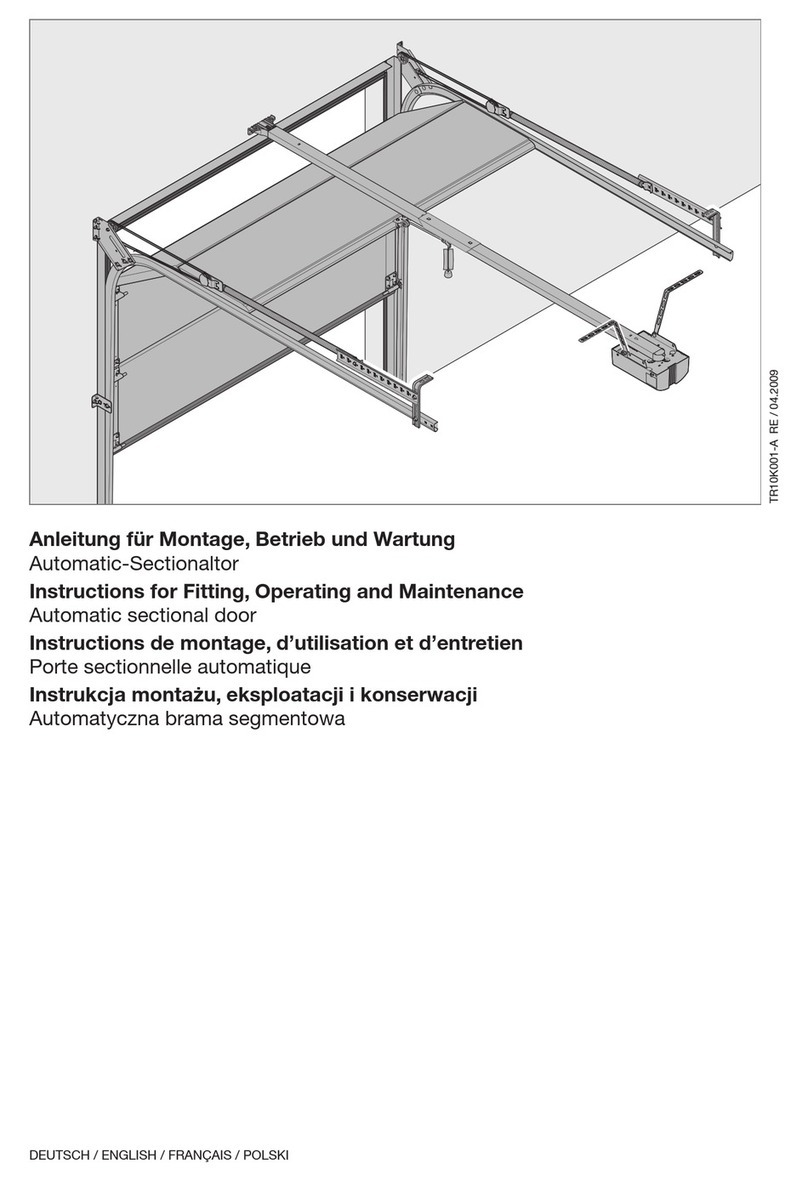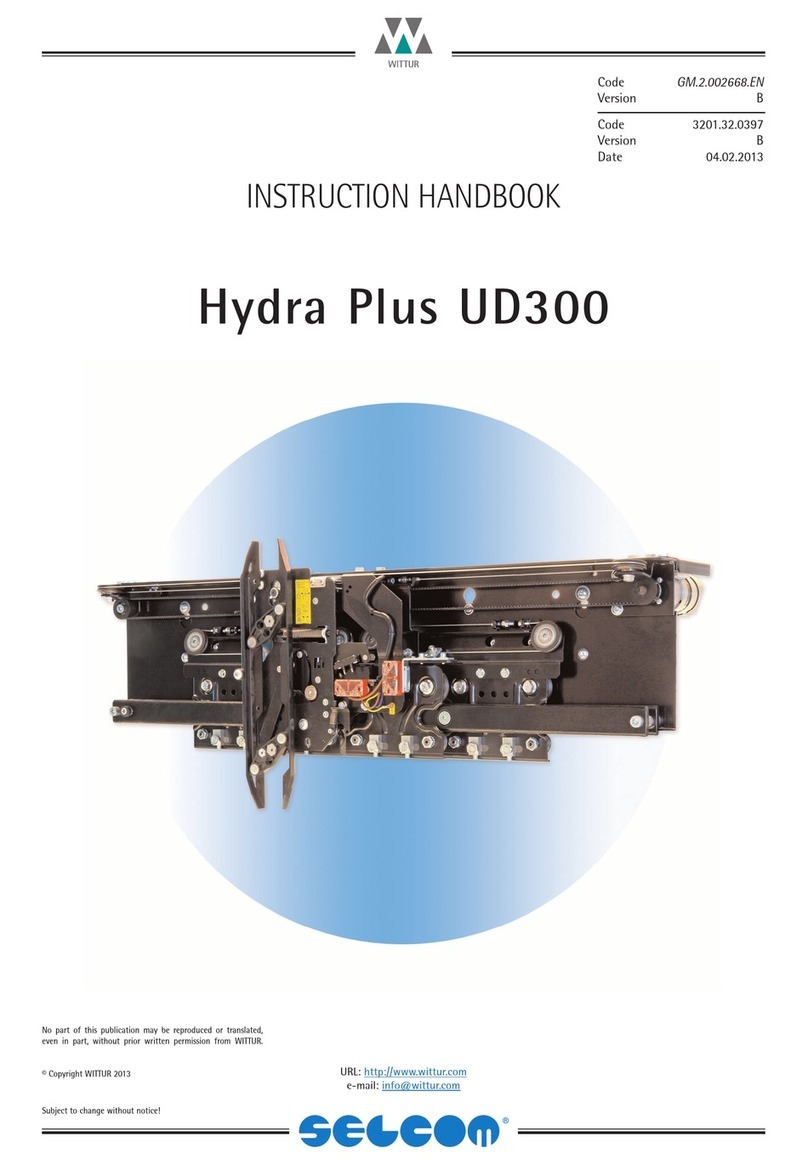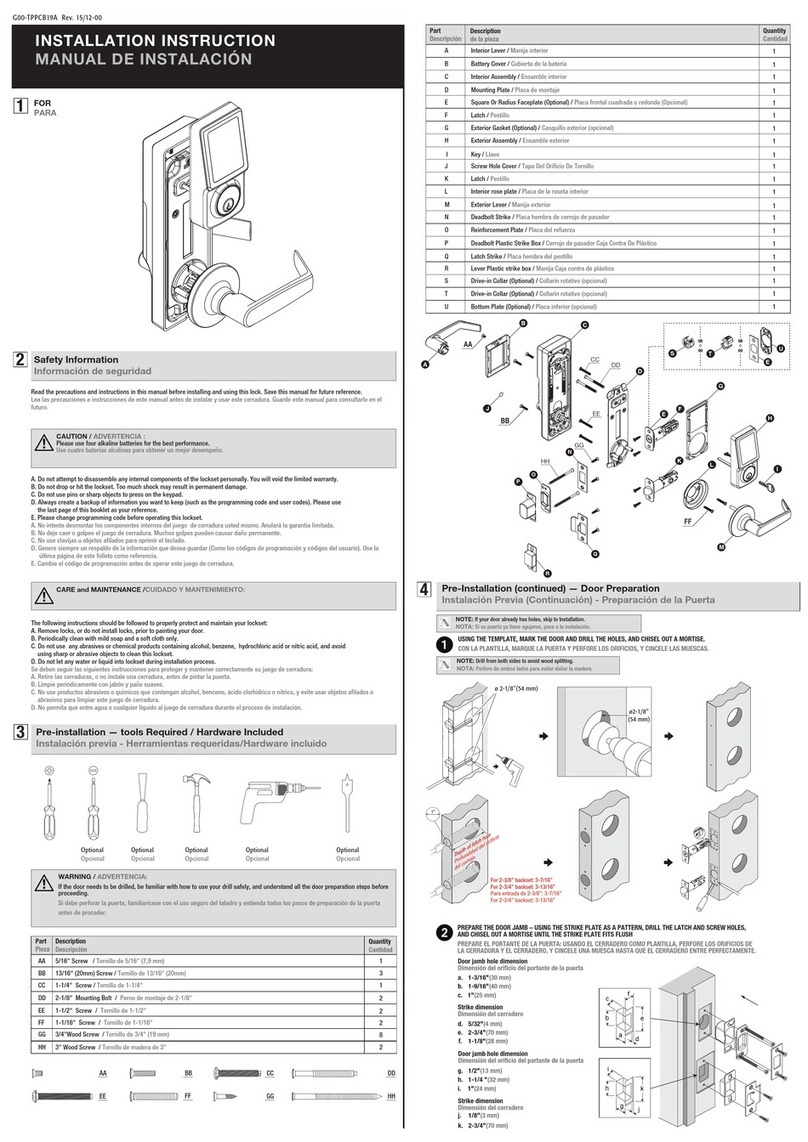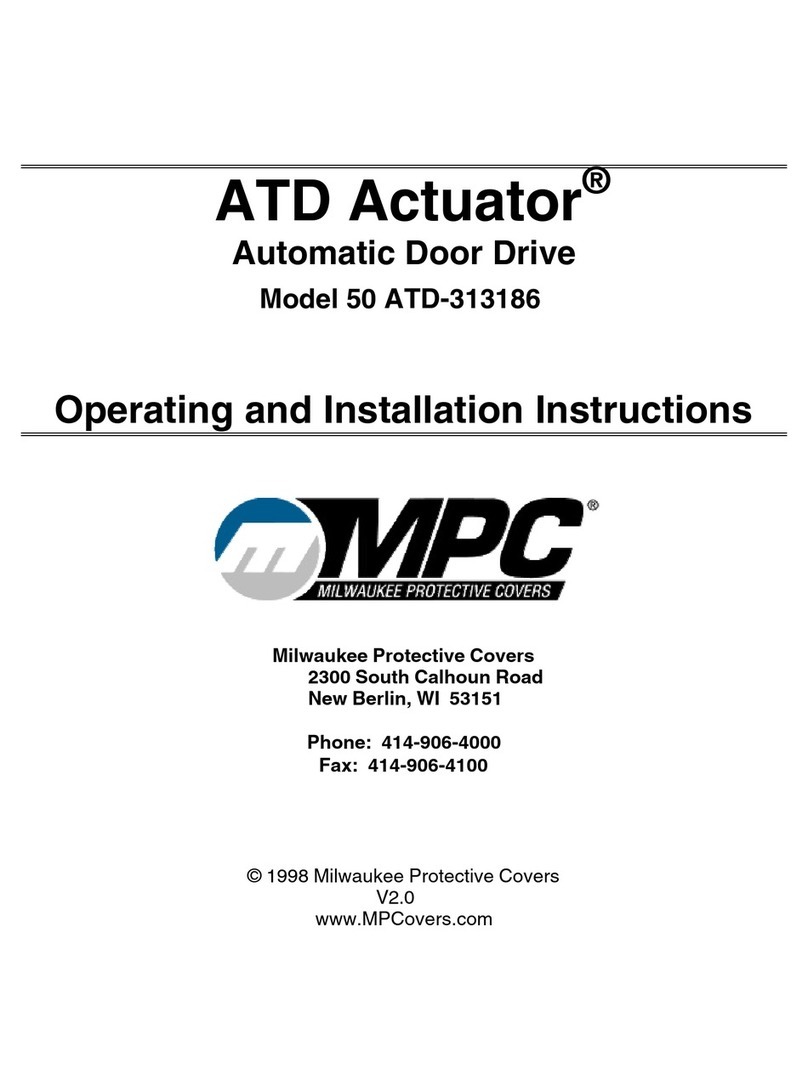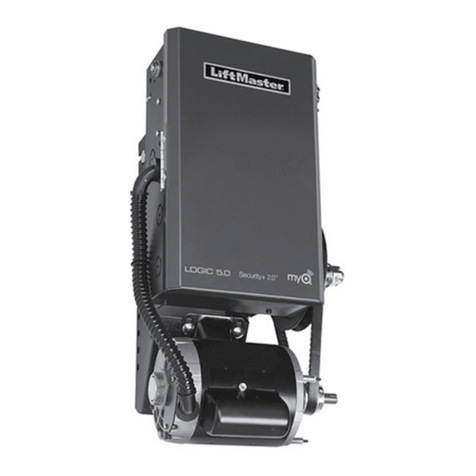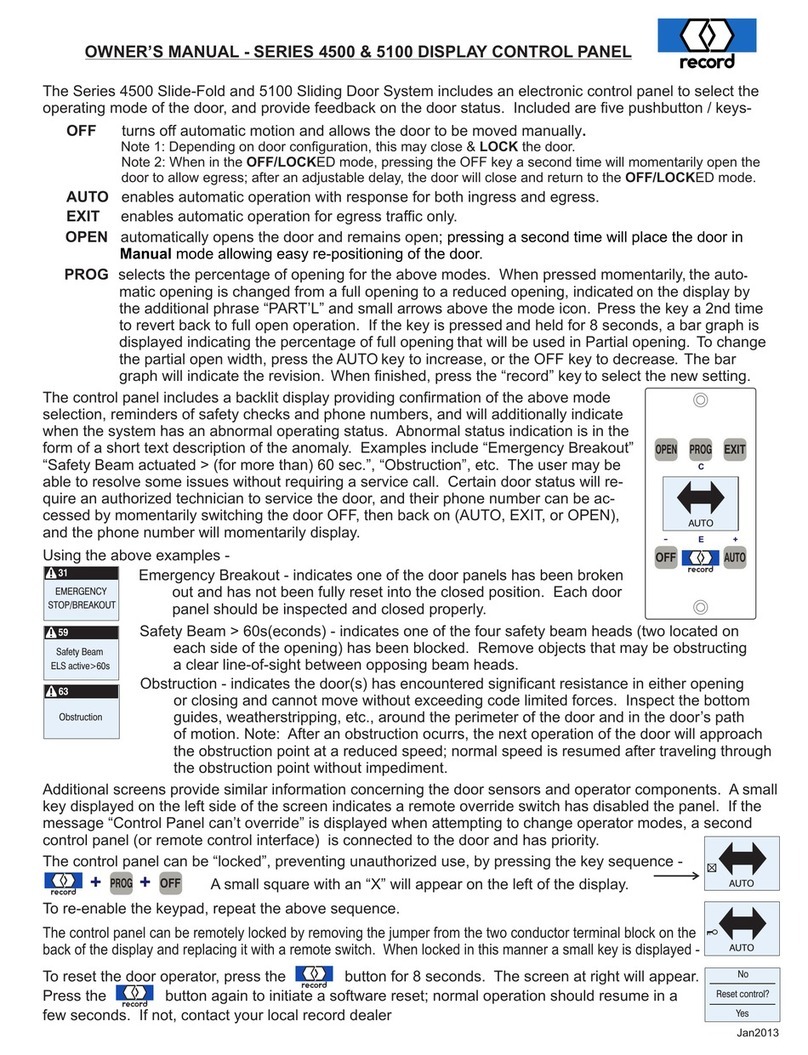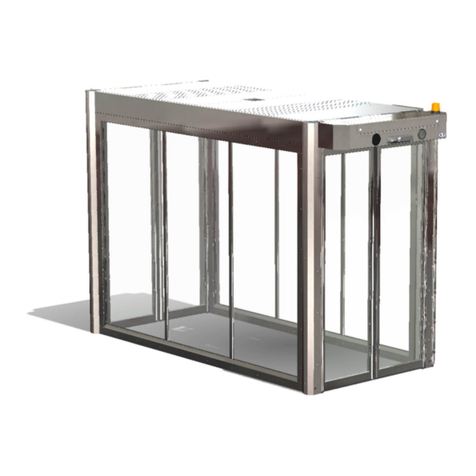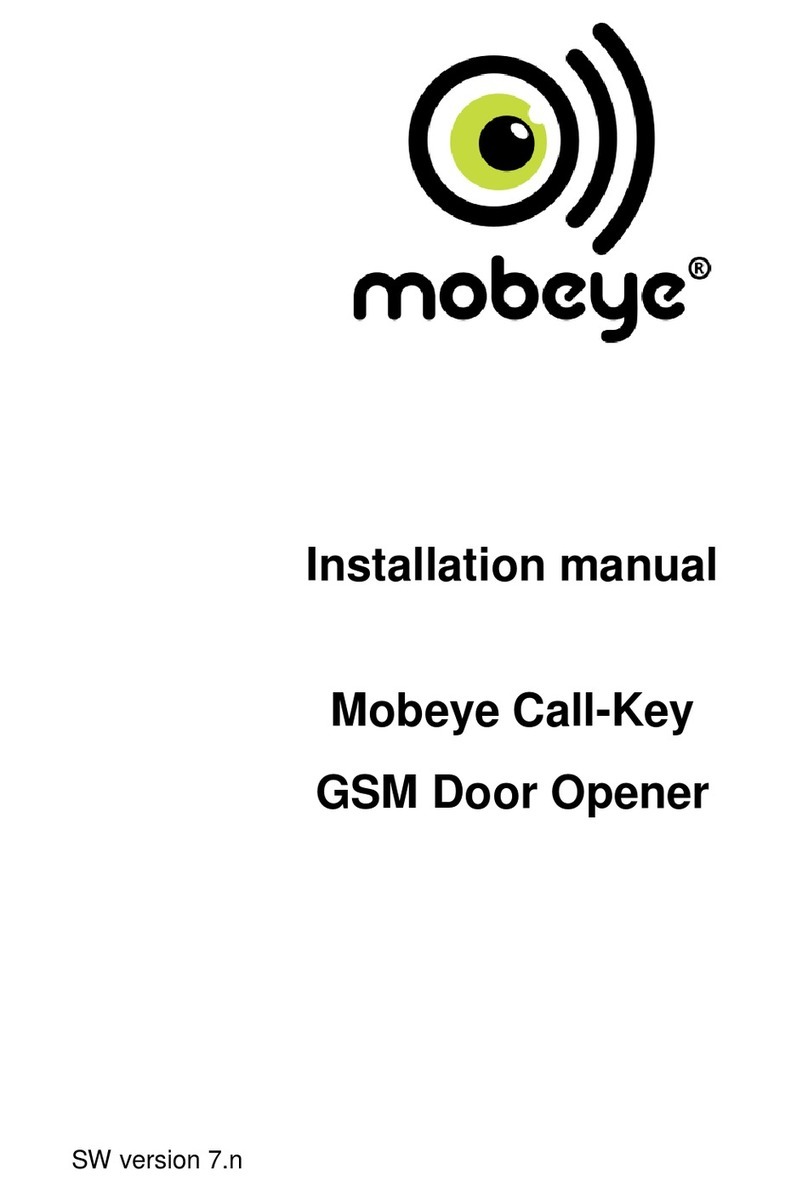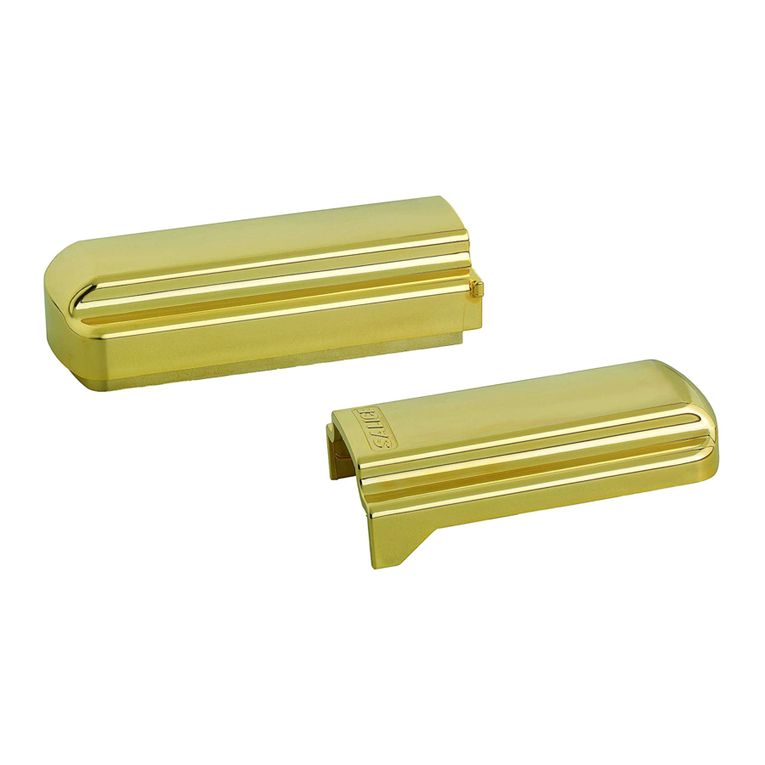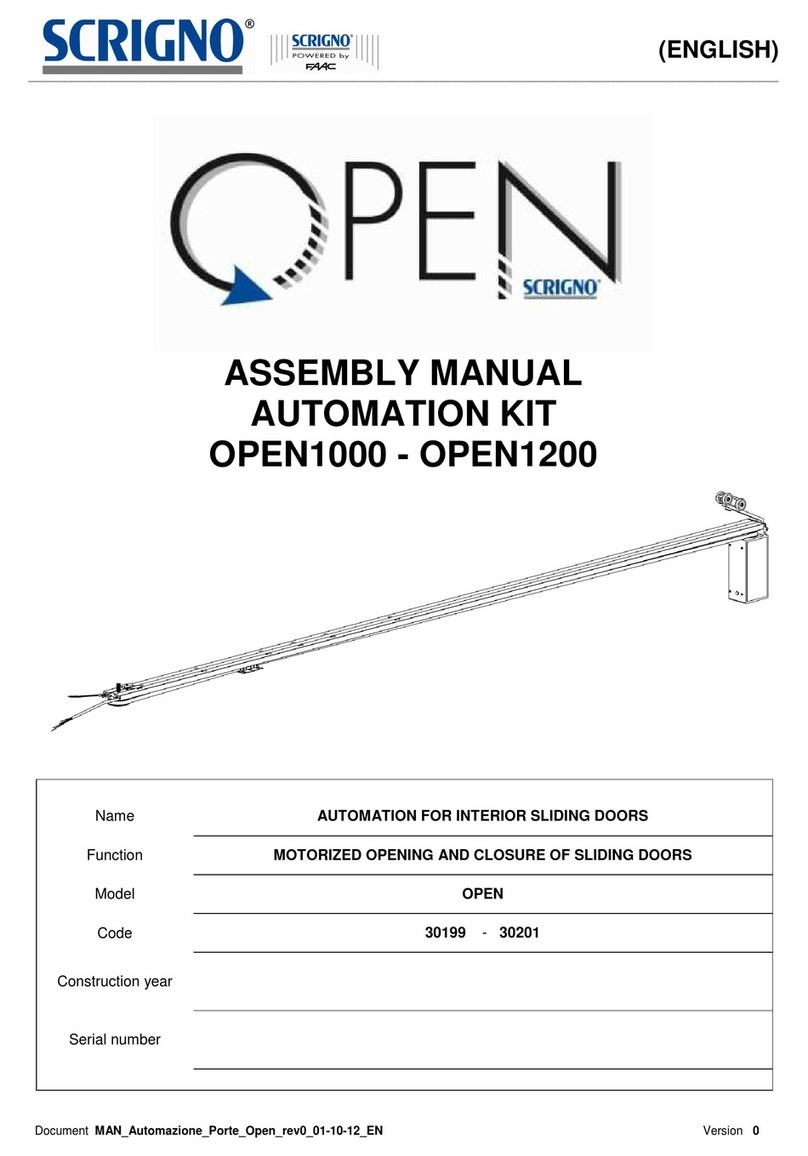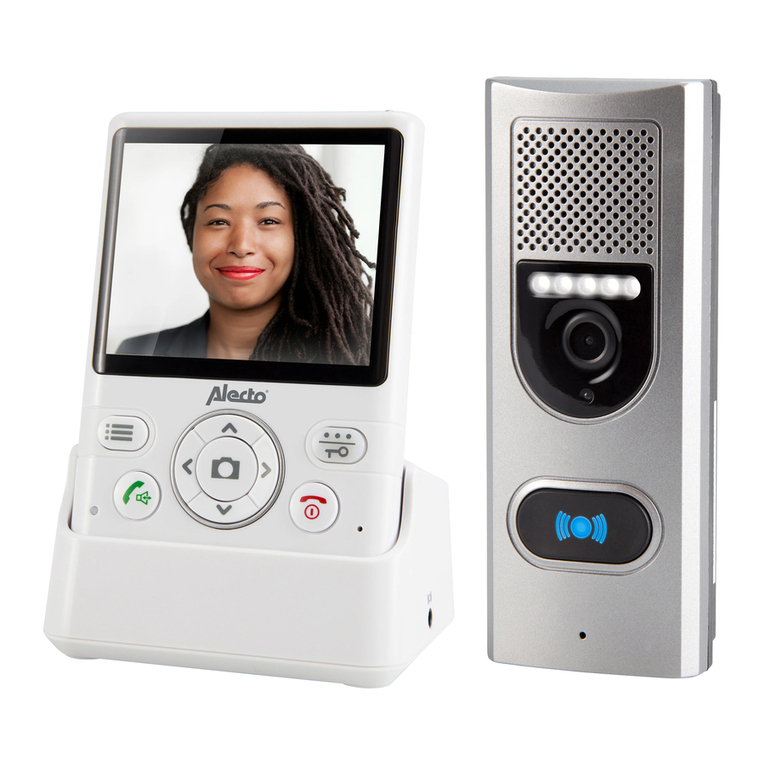
Table of contents
BAL_C127-SU_OFFSET_EN_1V0_REC_121-006454770 3 / 32
Table of contents
1 Safety................................................................................................................................................................. 5
1.1 Presentation of warning signs............................................................................................................... 5
1.2 Intended purpose of use ....................................................................................................................... 5
1.3 General hazards ................................................................................................................................... 6
1.4 State of technology ............................................................................................................................... 8
1.5 Personal protective equipment ............................................................................................................. 8
1.6 Spare parts and liability ........................................................................................................................ 9
2 General information ......................................................................................................................................... 10
2.1 Purpose and use of the instructions ..................................................................................................... 10
2.2 Copyright .............................................................................................................................................. 10
2.3 Product identification ............................................................................................................................ 10
2.4 Manufacturer agtatec ag....................................................................................................................... 10
2.5 Target groups ....................................................................................................................................... 10
2.6 Abbreviations ........................................................................................................................................ 10
3 Description........................................................................................................................................................ 12
3.1 Construction.......................................................................................................................................... 12
3.2 Versions................................................................................................................................................ 13
3.3 Components ......................................................................................................................................... 14
3.4 Functional description........................................................................................................................... 14
3.5 Accessories .......................................................................................................................................... 15
3.5.1 Lever arm......................................................................................................................................... 15
3.5.2 Gearbox cover with position switch.................................................................................................. 15
3.5.3 Extended function module FEM 1.................................................................................................... 16
3.5.4 Wind load brake ............................................................................................................................... 16
4 Technical Data .................................................................................................................................................. 17
4.1 Door leaf weights and door widths........................................................................................................ 17
4.2 Operator in stainless steel casing......................................................................................................... 18
5 Operation........................................................................................................................................................... 19
5.1 Control panel BDE-D ............................................................................................................................ 19
5.1.1 Operation modes and button functions ............................................................................................ 19
5.1.2 Perform reset ................................................................................................................................... 20
5.1.3 Display system information .............................................................................................................. 21
5.2 Parameter overview.............................................................................................................................. 21
5.3 Configuration C 127 STG 127 V3_00_E............................................................................................... 22
5.4 Configuration FEM V1_10 with STG127 V2_40_E............................................................................... 23
5.5 Description of parameters..................................................................................................................... 24
6 Servicing and maintenance ............................................................................................................................. 25
6.1 General remarks ................................................................................................................................... 25
6.2 Door care .............................................................................................................................................. 25
6.3 Logbook ................................................................................................................................................ 26
6.3.1 General information ......................................................................................................................... 26
6.3.2 Operator duties ................................................................................................................................ 27
6.3.3 Commissioned technician ................................................................................................................ 27
6.3.4 Legal principle.................................................................................................................................. 27
6.3.5 Extent of the inspection.................................................................................................................... 28
6.3.6 Requirements for documentation..................................................................................................... 28
7 Malfunctions ..................................................................................................................................................... 29
7.1 Status displays...................................................................................................................................... 29
7.2 Troubleshooting .................................................................................................................................... 29
